Most Viewed Posts
-
 The Sardine Run is heading for the KZN South Coast: Here’s what you need to know!
The Sardine Run is heading for the KZN South Coast: Here’s what you need to know!
-
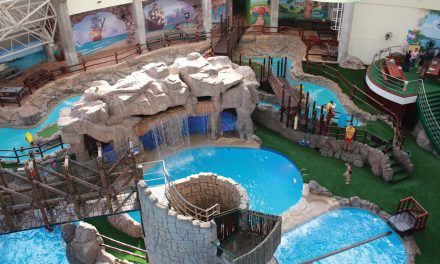 AQUADOME AT EMERALD RESORT
AQUADOME AT EMERALD RESORT
-
 Zara launches online shopping in South Africa
Zara launches online shopping in South Africa
-
 Accelerating a Smoke-Free Future with the launch of the IQOS ILUMA in South Africa
Accelerating a Smoke-Free Future with the launch of the IQOS ILUMA in South Africa
-
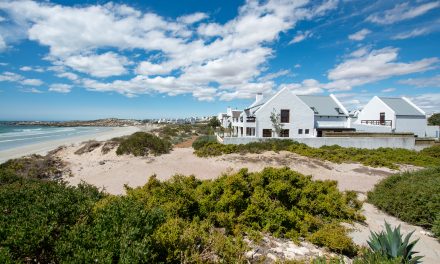 PERFECT GETAWAYS FOR VALENTINE’S 2024
PERFECT GETAWAYS FOR VALENTINE’S 2024
-
 Urban Wine Odyssey: A Celebration of Durbanville Wine
Urban Wine Odyssey: A Celebration of Durbanville Wine
-
 SUNDAY LUNCHES AT GUVON RESTAURANTS
SUNDAY LUNCHES AT GUVON RESTAURANTS
-
 UNDER ARMOUR: MOVES WITH ME
UNDER ARMOUR: MOVES WITH ME
-
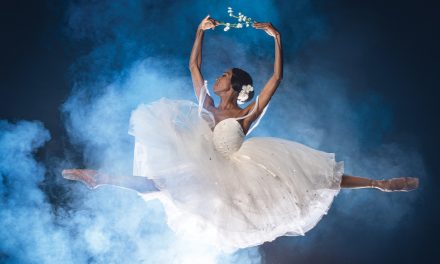 Joburg Ballet’s Giselle
Joburg Ballet’s Giselle
-
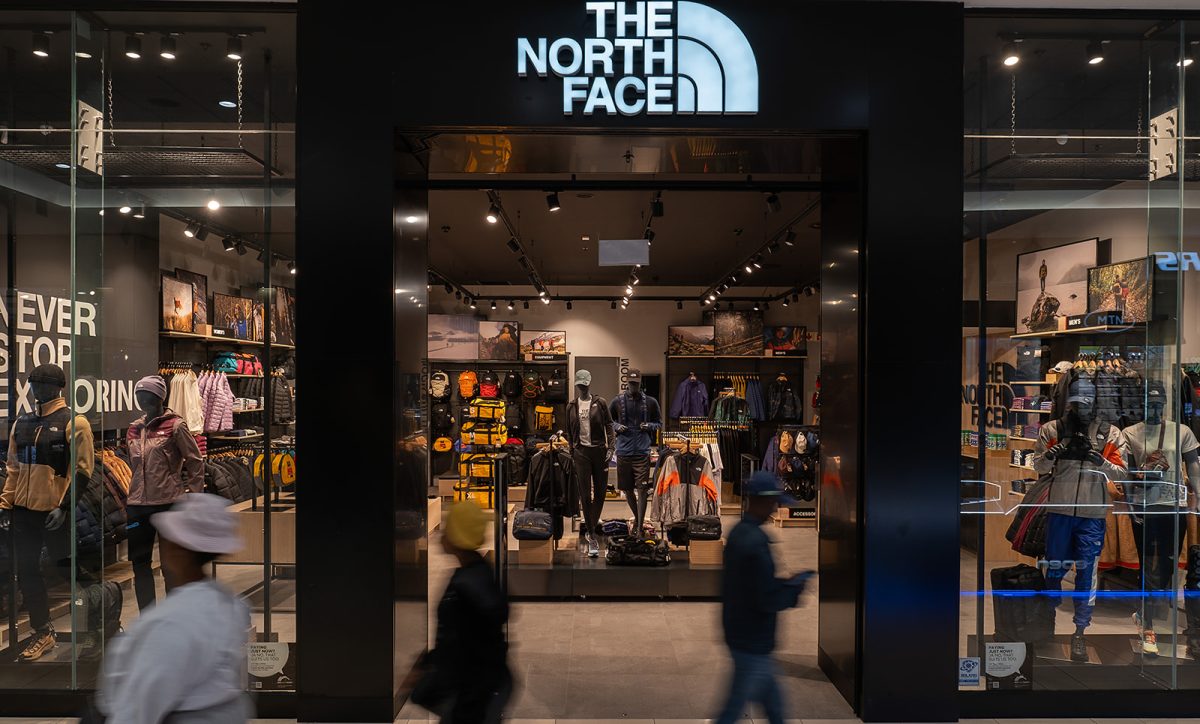 FROM SUMMIT TO SIDEWALKS – ICONIC OUTDOOR BRAND EXPANDS RETAIL FOOTPRINT – THE NORTH FACE OPENS AT SANDTON CITY
FROM SUMMIT TO SIDEWALKS – ICONIC OUTDOOR BRAND EXPANDS RETAIL FOOTPRINT – THE NORTH FACE OPENS AT SANDTON CITY
-
 MICHAEL JACKSON HISTORY TRIBUTE SHOW AT JOBURG THEATRE IN JANUARY
MICHAEL JACKSON HISTORY TRIBUTE SHOW AT JOBURG THEATRE IN JANUARY
-
 WAXIT: The Sanctuary of Hairlessness
WAXIT: The Sanctuary of Hairlessness
-
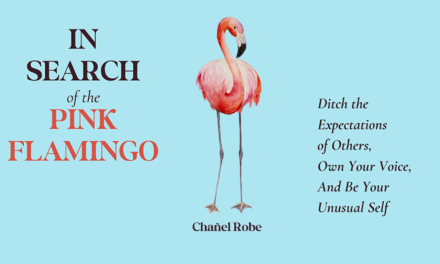 BOOK REVIEW: In Search of the Pink Flamingo by Chañel Robe
BOOK REVIEW: In Search of the Pink Flamingo by Chañel Robe
-
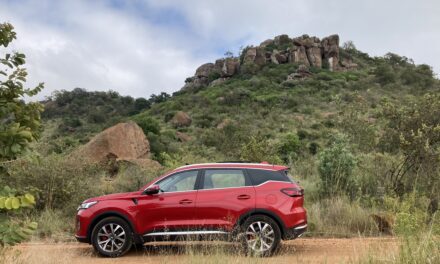 Open Road: A Journey with the Chery Tiggo 7 Pro
Open Road: A Journey with the Chery Tiggo 7 Pro
-
 Renowned dietitian shares 6 diet tweaks to help manage ADHD
Renowned dietitian shares 6 diet tweaks to help manage ADHD
-
 2023 #YearOnTikTok – A Celebration of Community
2023 #YearOnTikTok – A Celebration of Community
-
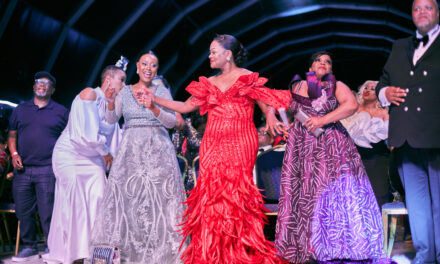 WHAT A NIGHT OF WORSHIP AT THE CROWN GOSPEL MUSIC AWARDS
WHAT A NIGHT OF WORSHIP AT THE CROWN GOSPEL MUSIC AWARDS
-
 Nutrition experts head to Scottburgh to share tips on eating habits to improve health and behaviour
Nutrition experts head to Scottburgh to share tips on eating habits to improve health and behaviour
-
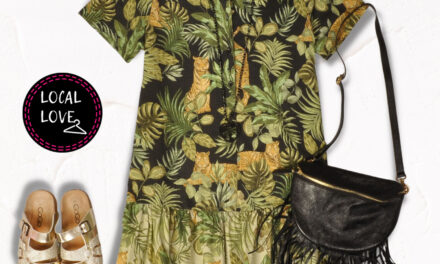 Slow Fashion: How Nicci Boutiques is embracing responsible luxury with sustainable practices
Slow Fashion: How Nicci Boutiques is embracing responsible luxury with sustainable practices
-
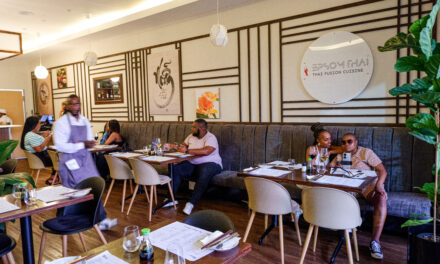 Epsom Thai Fusion Cuisine: A Modern Twist on Thai Restaurants in Gauteng
Epsom Thai Fusion Cuisine: A Modern Twist on Thai Restaurants in Gauteng
-
 ASUS ROG Unveils Gaming Extravaganza at Gamescom 2023
ASUS ROG Unveils Gaming Extravaganza at Gamescom 2023
-
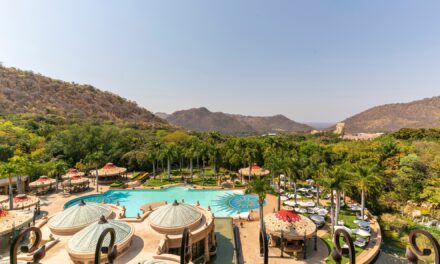 An Unforgettable Retreat at The Palace, Sun City
An Unforgettable Retreat at The Palace, Sun City
-
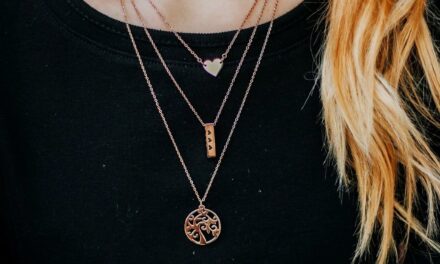 Purple Carrot: Unleash Your Style
Purple Carrot: Unleash Your Style
-
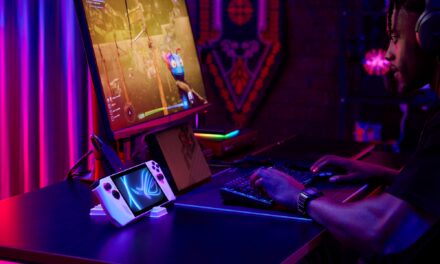 ROG Ally: Revolutionizing Handheld Gaming
ROG Ally: Revolutionizing Handheld Gaming
-
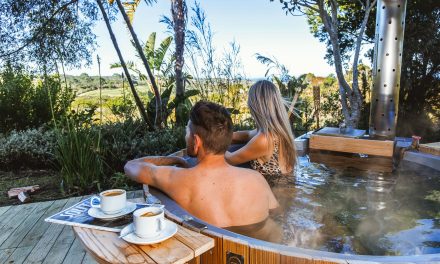 Pezula Nature Retreat – Nestled on the pristine Eastern Head of Knysna
Pezula Nature Retreat – Nestled on the pristine Eastern Head of Knysna



